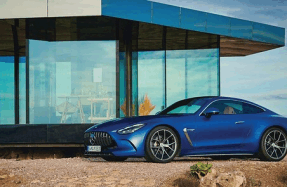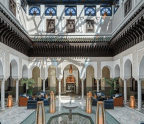ZAGATO’S Second Century

In the early days of the automobile, customers didn’t buy a vehicle like they do today, as a single finished product. Instead, one would purchase a chassis and powertrain from the likes of Rolls-Royce, Duesenberg, or Mercedes-Benz, and then hire a coachbuilder to tailor the body and bespoke interior to exacting needs. For grease-mottled aficionados and historians, the names of these artisans are as famous as the automakers themselves. And although Brits, Swiss, French, and even Americans take pride in their own design, it is the Italian carrozzeria who led the way: Pininfarina. Ghia. Scaglietti. Touring. Bertone. Vignale.
And of course, Zagato.
The brand—formed in 1919 by plane and car laborer Ugo Zagato—is the only surviving Italian coachbuilder from that halcyon era that is still family owned. Andrea Zagato, the grandson of Ugo and living scion of the “Lightning Z” crest, now leads the brand into the 21st century.
You’re reading a preview, subscribe to read more.
Start your free 30 days



